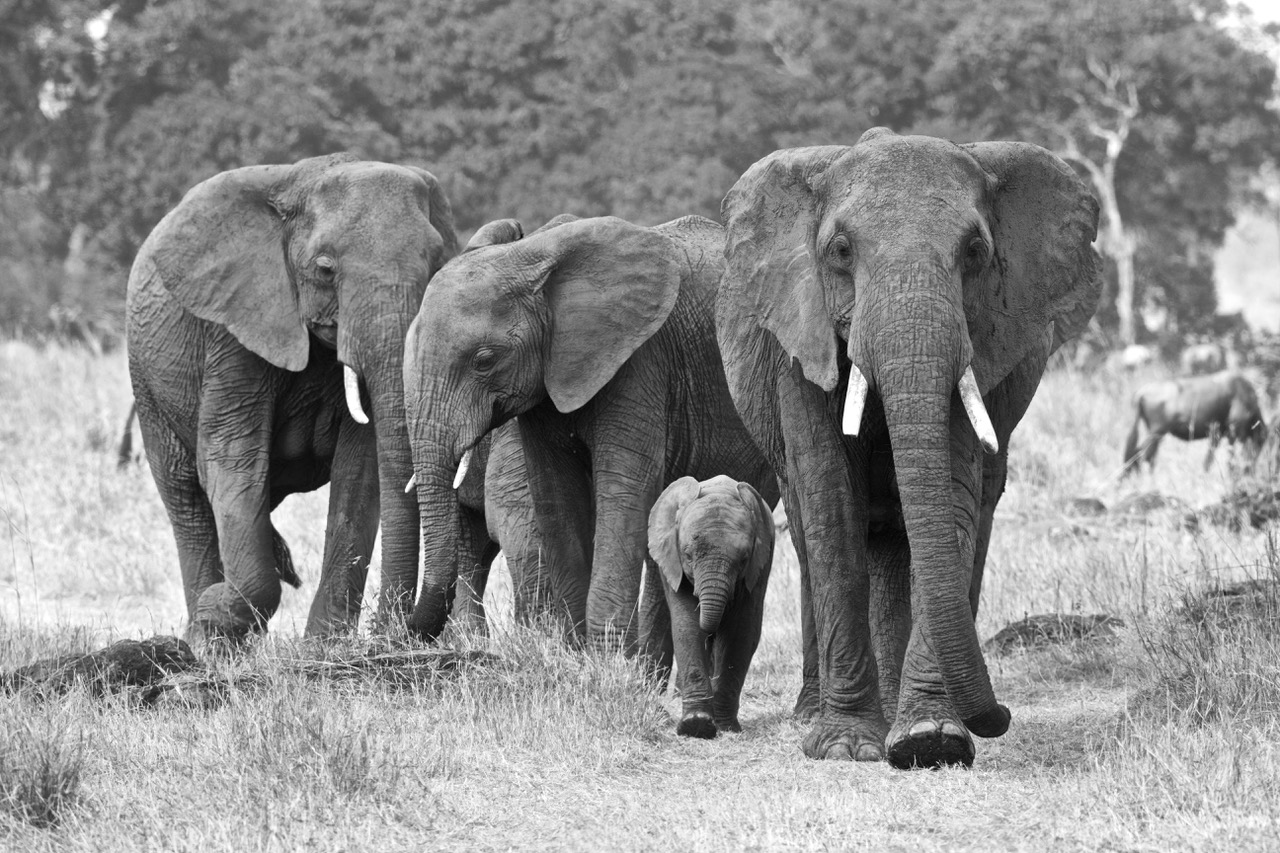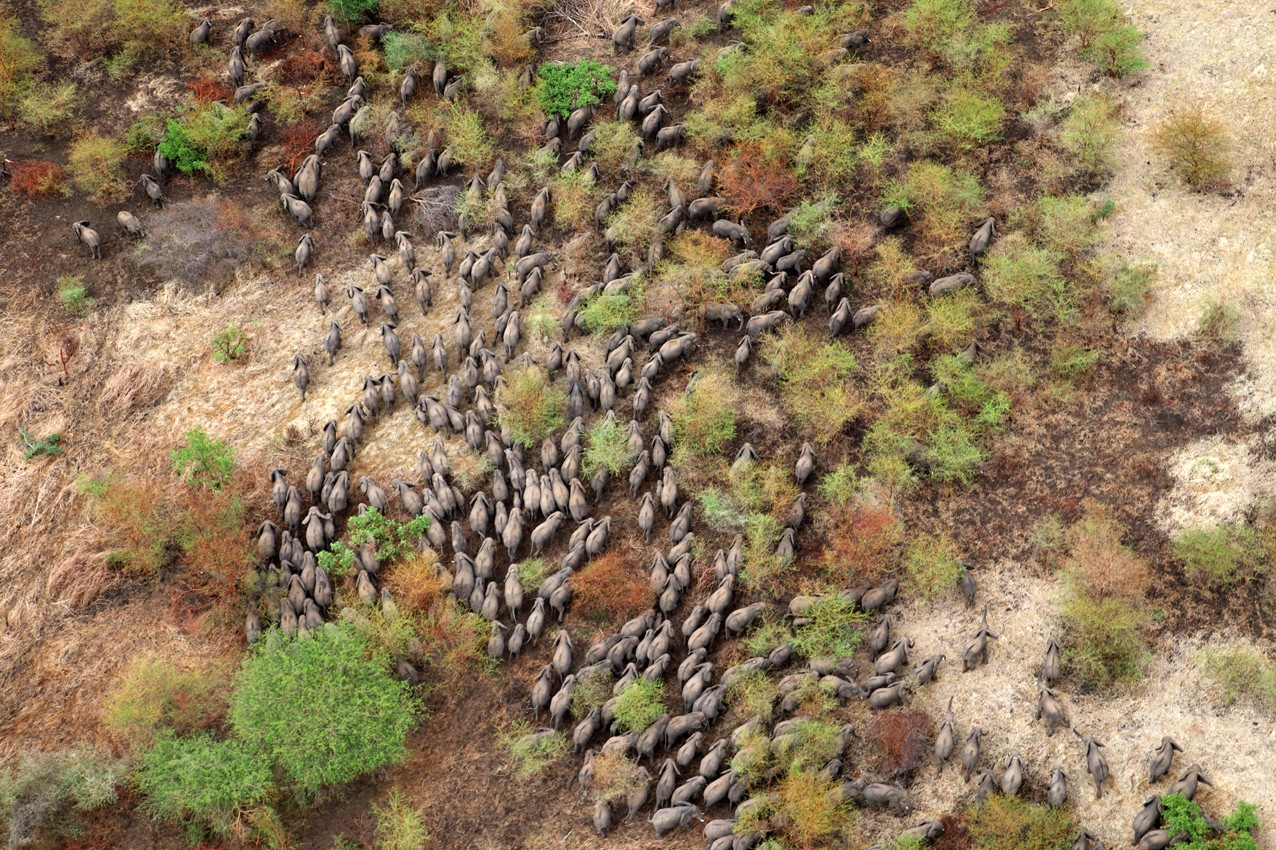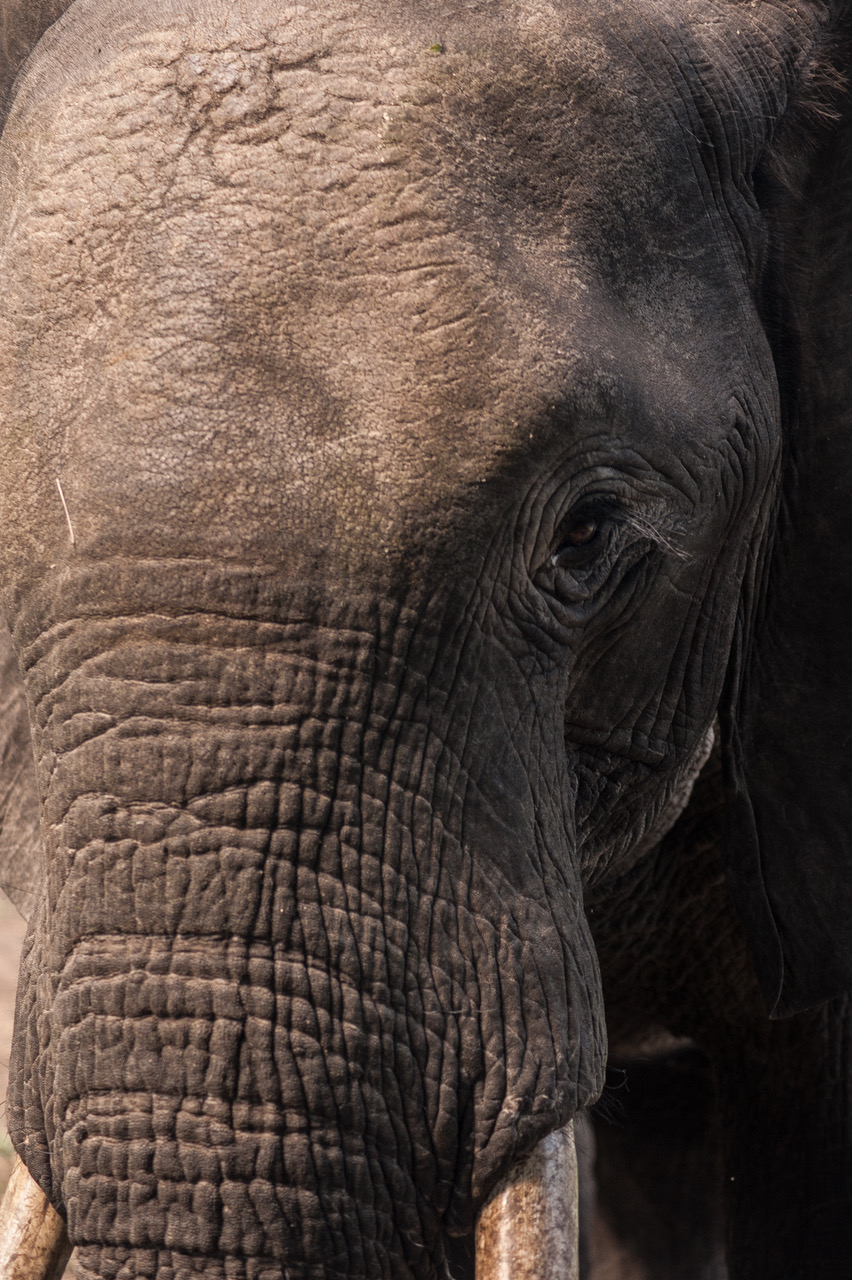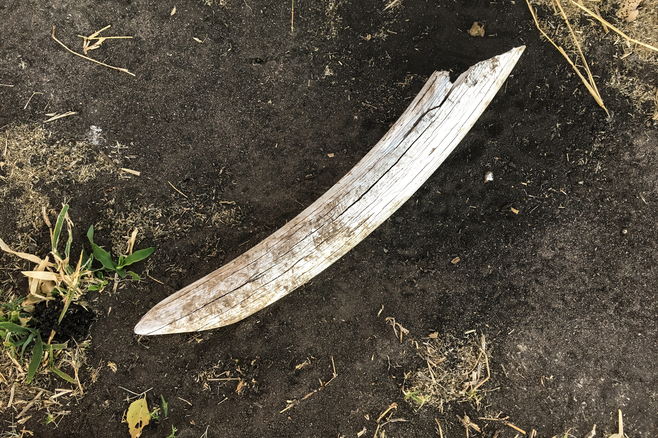EU DECIDES FATE OF AFRICAN ELEPHANTS
Recently a proposal to list all African elephants in Appendix I (Endangered Species) was rejected at the Convention on International Trade in Endangered Species of Wild Fauna and Flora (CITES) in Johannesburg, predominantly by nations that have little or nothing to do with elephants. An Appendix 1 listing would have effectively prohibited international trade in ivory.
The proposal was put forward by the African Elephant Coalition, whose 30 members are made up primarily of countries suffering heavy elephant losses through poaching.
The USA and China voted against the proposal, despite earlier commitments to close global domestic ivory markets. Joining them were Russia, Korea, Oman, Saudi Arabia, Japan and Norway. But the clincher was the EU. Voting not as individual countries, but as a block; the EU’s 28 votes were pivotal in denying the two thirds majority needed to put all African elephants in Appendix I. The overall vote was 62 in favour, 44 against and 12 abstained.

Among the African countries that voted against the proposal were South Africa, Namibia and Zimbabwe, who have relatively healthy populations of elephants. It is believed that by keeping their elephants in Appendix II (Vulnerable Species) they hope to trade their vast stockpiles of ivory, as they did in a 1999 and 2008 experiment. These events are believed to have fuelled the recent poaching crisis by raising demand.
Earlier proposals from Namibia and Zimbabwe, which would have relaxed rules for international ivory trade, were soundly defeated. Along with commitments to close domestic trade, closing channels for international ivory trade seemed the next logical step.
The CITES result comes in the wake of a landmark elephant census which calculated a 30% decline in African savanna elephants over the past seven years. The Great Elephant Census (GEC) conducted aerial counts in 18 countries, tallying a total of 352,271 African savanna elephants in 93% of the species range.

Most important was the number of dead elephants counted. Statistically a carcass ratio greater than 8% indicates a defining population. The carcass ratio calculated for the entire GEC was 11.9% +-0.2%.
Publicity over the GEC findings, and distribution of the data, has been widespread and potentially influential in persuading elephant range states and other countries to raise the protection of elephants to the highest degree. Directly on the heels of the survey, a recent International Union for Conservation of Nature (IUCN) conference in Hawaii saw an overwhelming majority of members (91%) voting in favour of closing domestic ivory markets. The sentiment was that the IUCN vote would sway the outcome of CITES when it came to international ivory trade. But it was not to be.
The EU’s vote at CITES was a surprise to many considering that none of the EU countries are elephant range states and that they do not have an ivory market of any real significance. The EU stated that the southern African elephant populations didn’t meet the biological criteria for uplisting. “The EU was desperate not to offend the host country,” said Robert Hepworth, former Chair of the CITES Standing Committee and Senior Advisor to David Shepherd Wildlife Foundation. “They ignored a million-strong petition, a resolution from the European Parliament, the views of a large majority of African Range states, and even the brave intervention of South Africa’s neighbour, Botswana. Surely Botswana has a lot more to risk than the EU in its relations with large neighbours.”

Botswana’s vote in favour of the proposal was the other surprise. They are home to the single largest population of African elephants in the world and their anti-poaching operations are impressive. Many expected Botswana to align itself with South Africa and Namibia, who argue that their elephant populations are growing because of successful conservation efforts, funded in part by ivory sales in the past.
But Botswana unreservedly supported the proposal. “Although Botswana has previously supported limited trade, we recognise we can no longer support the sale of ivory. We cannot deal with this issue in a vacuum,” said Botswana Minister of the Environment, Wildlife and Tourism, Tshekedi Khama. “There is concerning evidence that elephant poaching is moving south. The criminal networks that facilitate much of this trade are highly organised and fluid, operating over several regions in the continent. Therefore no population should be considered secure. Put simply, a threat to elephants anywhere is a threat to elephants everywhere.”












